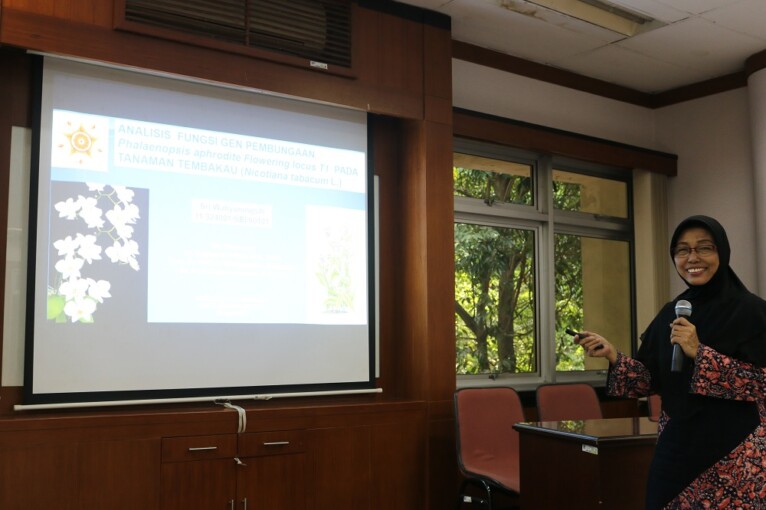
Three UGM students has made waste bin innovation to reduce the amount of plastic and styrofoam waste.
The AUTOPLASBIN developed by Said Ahmad and Ardhi Kamal Haq (Faculty of Mathematics and Natural Sciences) and Amri Siddiq Pangestu (Faculty of Engineering) and supervisor Dr. Eng. Ahmad Kusumaatmaja, S.Si., M.Sc was born in the Student Creativity Programme for Creation and finally able to get funding from the Higher Learning Directorate General.
“The waste bin is designed by burning plasma inside so it can melt and reduce the amount of plastic and styrofoam waste,” said team chairman, Said Ahmad, on Friday (6/7) to reporters at Fortakgama UGM.
The bin is installed with infrared sensors to detect the waste that comes in and know the level of burn. This is to ensure that plasma burning only occurs when there is an amount of waste being thrown inside, hence saving power.
“The bin is also complemented with a chimney for emitting the smoke,” he said.
The system works by changing the electric signal to medium electrical voltage that is generated by a plasma generator. Users will just need to press the underneath side to uncover the lid. When the waste is thrown into it, the infrared sensor will detect it that will turn on the generator and plasma and pass the plasma burner.
Amri said the background of the AUTOPLASBIN was the ever increasing amount of waste produced across Indonesia, which is 175,000 tonnes per day. Indonesia ranks second after China in the world’s largest waste producing countries.
The prototype of AUTOPLASBIN is a cylinder-shaped bin measuring 30 x 60 cm. The body is made from stainless steel. A micro-controller is installed to receive and process data from the sensors. Temperature sensor is also installed to control the level of heat.
Ardhi added the tool is a better incinerator because it is cheaper as it is developed in the country.
“Incinerators in the market can reach as high as 550 million to billion in price while this tool can cost a mere Rp2 million if produced in mass,” he said.
AUTOPLASBIN is also excellent as it is developed using automatic reduction systems in contrast to regular ones that need to be done manually. This tool is expected to enable the community in better managing the waste because the waste volume is already reduced.

